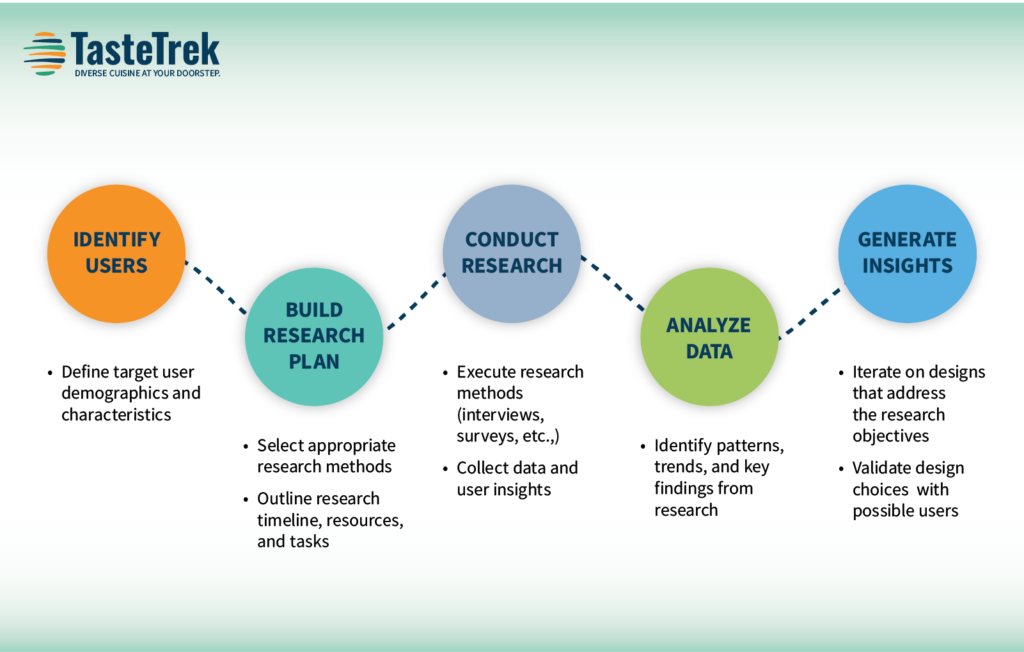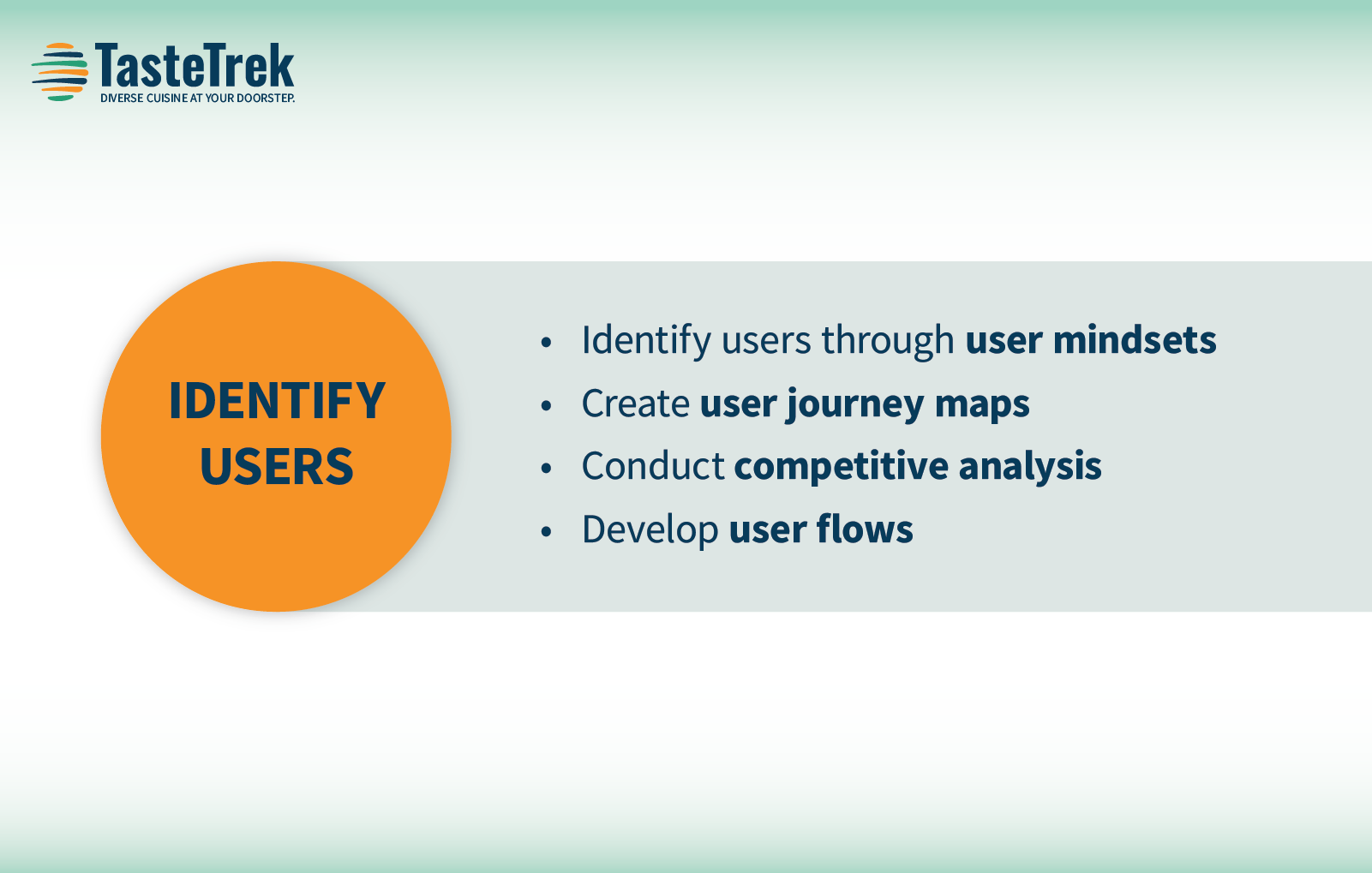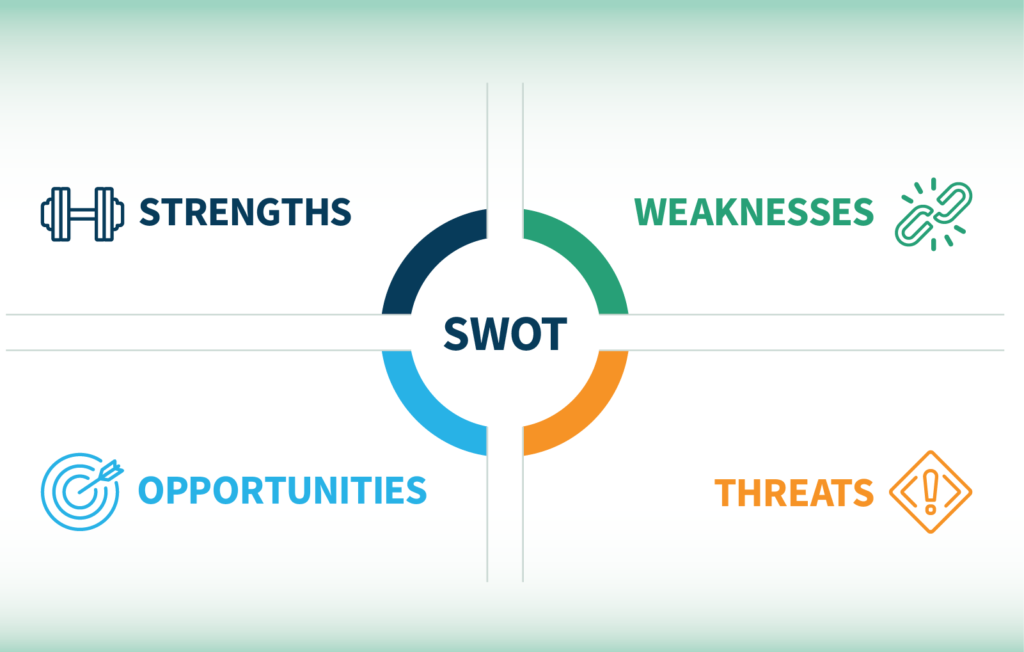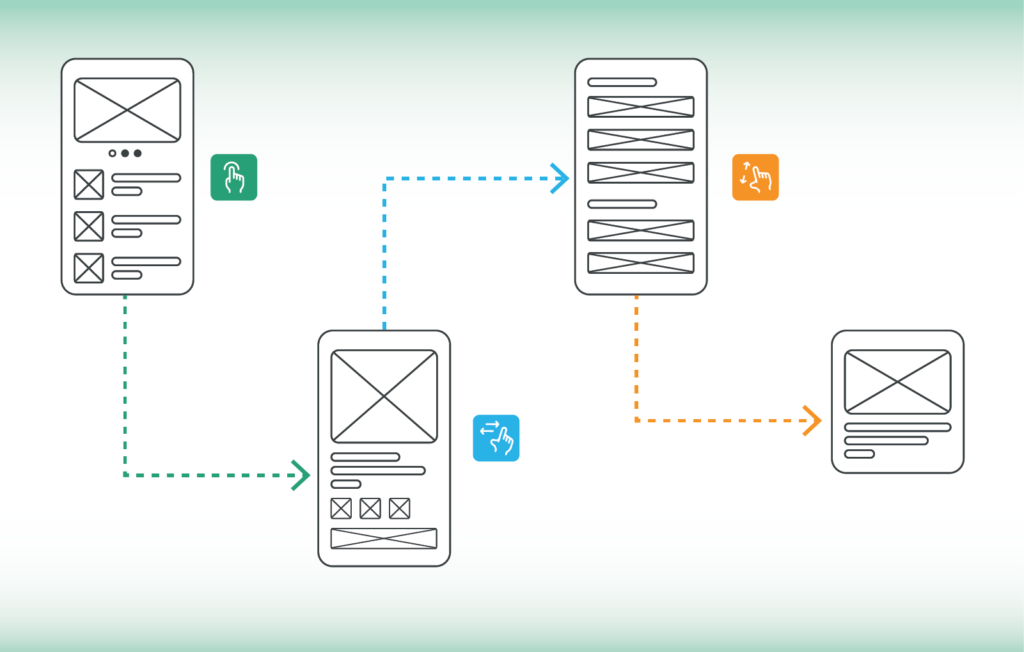UX RESEARCHER | 3 MONTHS
TasteTrek
What is TasteTrek?
TasteTrek is a fictional food delivery app that connects users with local restaurants, offering a wide range of diverse cuisine options for quick and convenient delivery.
So what’s the problem?
TasteTrek seeks to define and understand the target audience that would gain the most value from its services to inform design and development of their app.
Metrics for understanding the target audience
Who is the User?
How do they interact?
What affects their decisions?
Where do I come in?
User research involves diving into various steps to really understand how users behave and what they prefer. Working with a team, I followed a loose process.
Process significance
By following the process, I was able to achieve:
- Informed design decisions
- User-centric solutions
- Reliable and successful design
Highlighting my contributions
I owned the first step in the process: Identifying Users. By pinpointing target users, I laid the groundwork for a tailored and effective research approach, ensuring alignment with project objectives. I also drafted a potential user interface based on the research.
What did I do to solve the problem?
Knowing that my portion of the research was the basis of the rest of the research, I made sure to maintain constant communication with my team.
1. User mindsets
2. journey maps
3. COmpetitive analysis
4. User flows
Back To Top
1. I identified users using User Mindsets
Why user mindsets?
I created user mindsets to better understand who may be using the app. I decided against building “personas” as a user mindset is more adaptable and avoids the pit falls of biases. I settled on 3 major mindsets to follow.
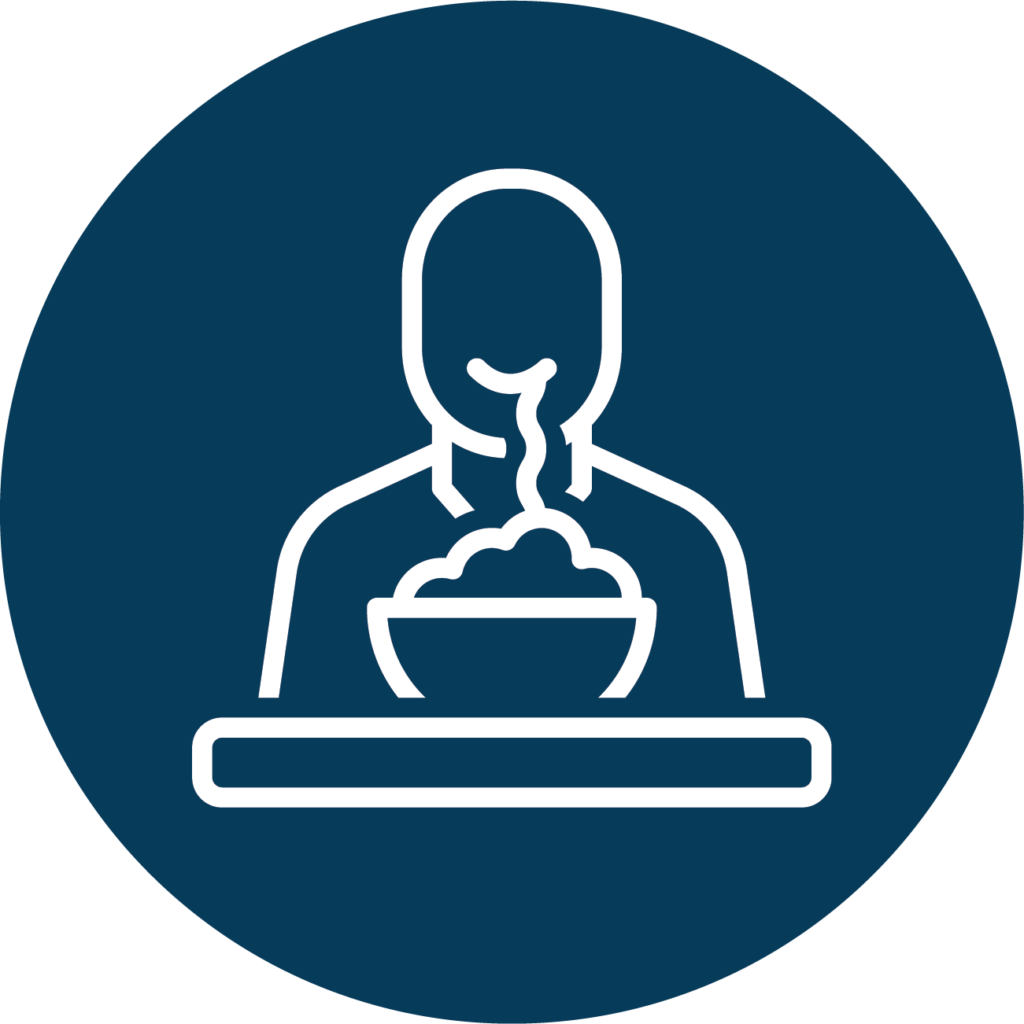
The Culinary
Adventurer
USER GOAL:
To explore and enjoy diverse global cuisines, discovering unique and authentic dishes.
USER NEEDS:
- Access to a variety of global cuisines
- Information on authentic eateries for each cuisine
- Discovery of hidden gems for diverse cuisines
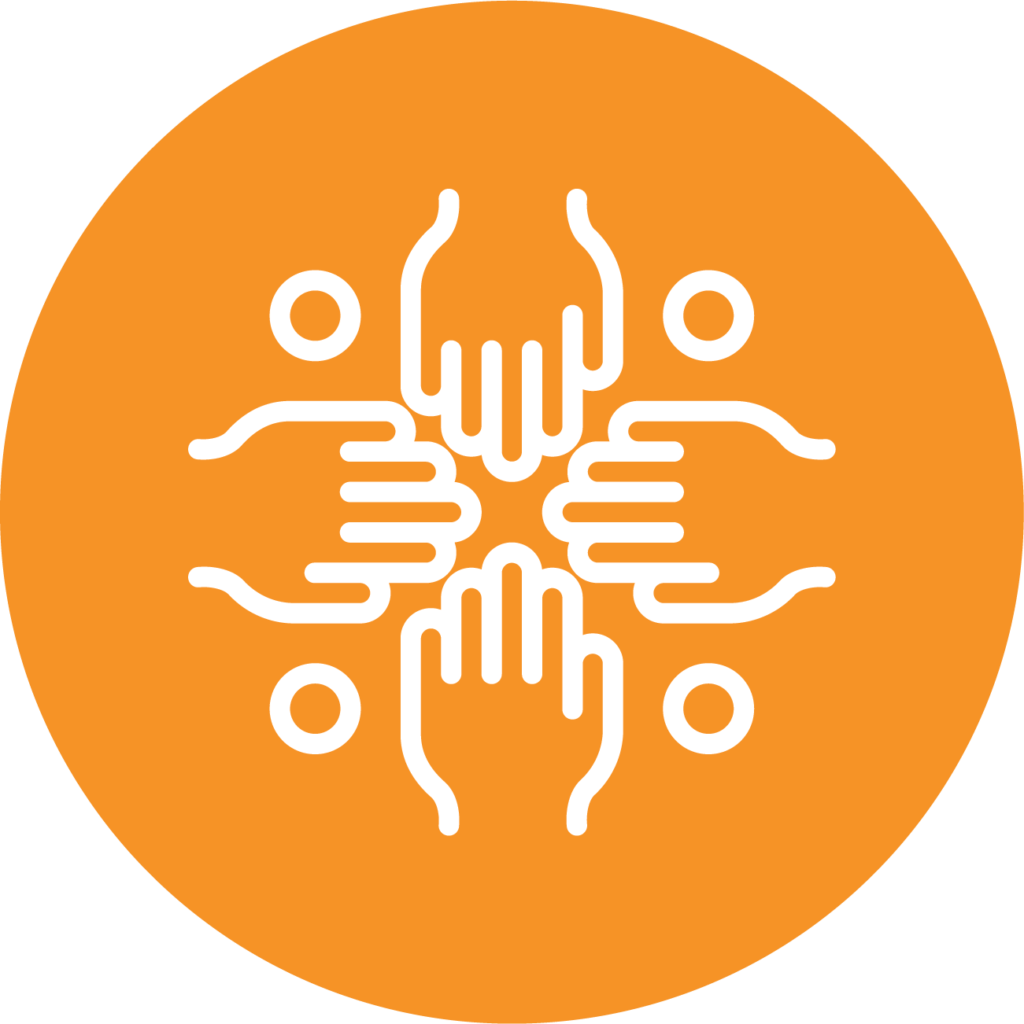
The Community
Connector
USER GOAL:
To foster social bonds and connections within their community through dining experiences.
USER NEEDS:
- Community engagement features to
- Group ordering options for social events
- Personalized recommendations for community building
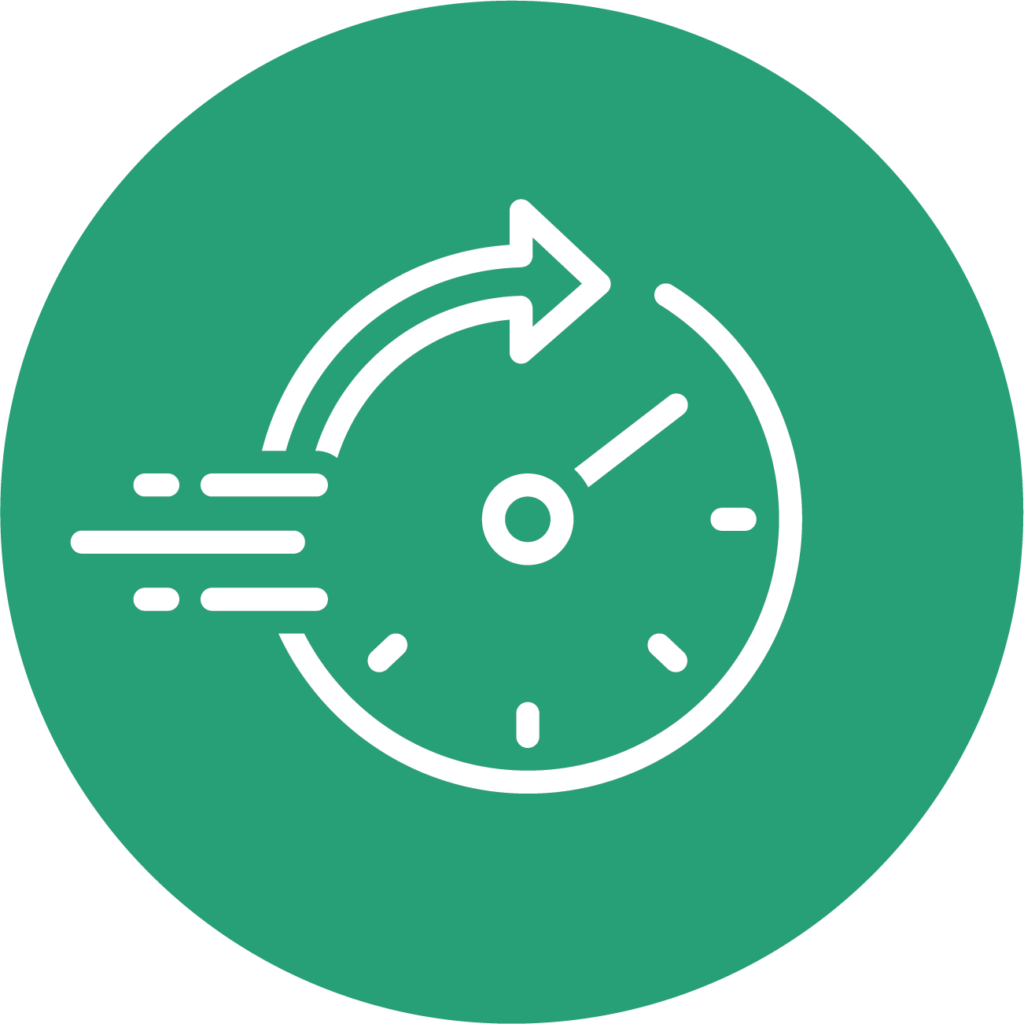
The Quick-Bite
Seeker
USER GOAL:
To access high-quality, local meals as quickly as possible due to grueling personal schedule.
USER NEEDS:
- Quick and effective delivery service
- Curated menu for gourmet ‘quick bites’
- Proactive customer service to ensure quality performance
What is the significance of user mindsets?
Identifying these user goals and needs allowed for a targeted approach in continuing the research plan.
2. I created User Journey Maps
Why journey maps?
Applying the targeted mindsets to user journey maps allowed me to gain a holistic understanding of the user experience, spotlighting possible solutions to inform ideation. Using journey maps can make the solutions meet user needs and expectations more effectively.
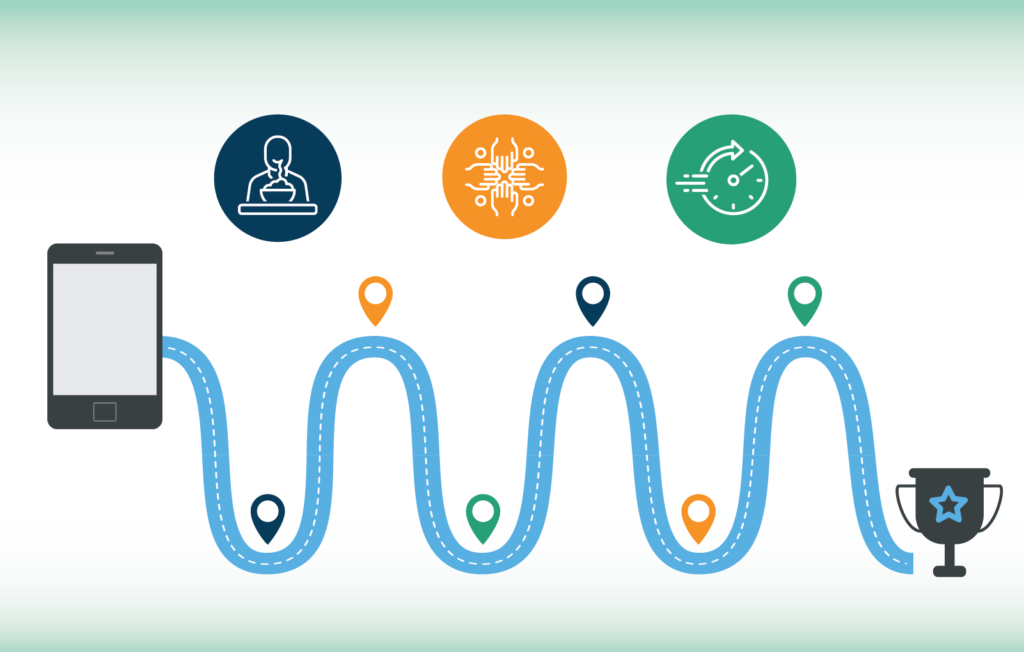
Journey map features
I focused on 4 aspects of a user journey
- Actions:
Outlines each stage of the user journey. - Tasks:
Interaction points where the user engages with the action, both digitally and physically. - Feeling:
Qualitative descriptors of thoughts the user had during the action - Opportunity:
Potential areas for improvement, innovation, or enhancing the user experience
Journey map outcomes
Using journey mapping, I was able to identify opportunities for enhancement to apply to ideation for each user mindset.

The Culinary
Adventurer
- Organize restaurants in categories
- Feature insight into restaurant’s cuisine and dishes
- Highlight meal requirements for both staff and users

The Community
Connector
- Implement a call out feature for new restaurants in the community
- Include both pickup and delivery options
- Create a community forum feature

The Quick-Bite
Seeker
- Implement a tagging system that filters criteria
- Create a one-click payment feature for speedy payment
- Feature a delivery tracking system based on order status in transit
3. I conducted a competitive analysis
Competitive analysis features
I executed an in-depth SWOT analysis of 3 possible competitors in the market against TasteTrek. The key elements of a SWOT analysis include:
- Strengths
What do the competitors do successfully? - Weaknesses
What painpoints do they create for users? - Opportunities
What weaknesses can TasteTrek capitalize on? - Threats
What strengths may affect TasteTrek’s success?
Competitive analysis outcomes
Based on the opportunities and threats identified against TasteTrek, I considered 3 design implications for the app to best serve users.
Transparent and Competitive Pricing
INSIGHT:
- Users value transparent pricing and cost-effective delivery options based on competitors’ weakness.
DESIGN IMPLICATION:
- Design a user-friendly interface that clearly communicates pricing structures, discounts, and loyalty programs.
- Implement cost-effective delivery prices to attract price-sensitive users.
Efficient and Reliable Delivery Service
INSIGHT:
- Users emphasize quality in both service and delivery, which is currently unaddressed by competitors.
DESIGN IMPLICATION:
- Prioritize efficient order tracking, communication, and reliable delivery times.
- Implement robust systems to ensure order accuracy, enhancing overall user satisfaction.
Strategic Geographic Expansion
INSIGHT:
- Users need the services provided by these competitors all over the US: needing to reach areas where competitors may have limited availability.
DESIGN IMPLICATION:
- Design the platform to facilitate easy scalability and expansion.
- Consider differences in user experiences in diverse geographic locations, tailoring the platform to meet the specific needs of different markets.
4. I drafted a user flow.
User flow features
User flows provide a structured visualization of the user journey; identifying pain points, and optimizing user experience.
The key elements of a user flow include:
- Nodes or steps:
An action or decision point in the user journey - Arrows/lines:
Connect nodes to flow the user’s path - Decision diamonds:
Symbolizes decision points on the user path.
Passing the torch
The user flow marked the end of my design sprint tasks, involving multiple redesigns influenced by user reactions. Utilizing these insights, the team then developed and refined the research planning for the subsequent phase.
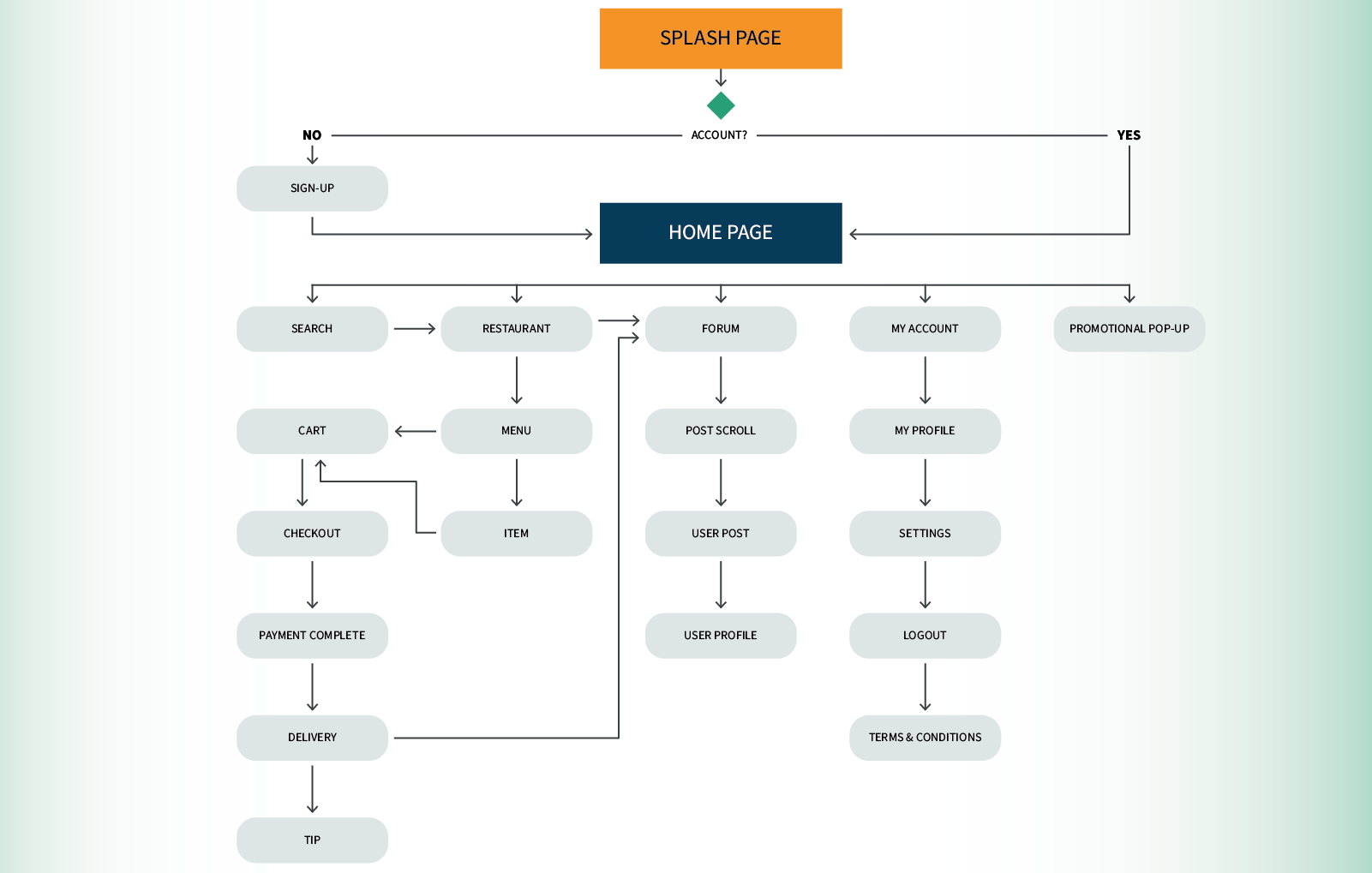
What did I learn?
Though I don’t think I’ll be a dedicated user researcher anytime soon, I did learn a lot about the data that informs design and how to account for that data. Some specific insights include:
User Behavior and Preferences
I understand that how users interact with a product, what their preferences are, and their influences can inform design decisions.
Identifying Pain Points
Through user research, I can identify pain points or challenges users face, providing valuable input for improving the user experience and addressing specific usability issues.
Validating Design Hypotheses
Conducting user research allows me to validate design hypotheses and assumptions, ensuring that my design decisions align with the actual needs and expectations of the users, leading to more effective solutions.
